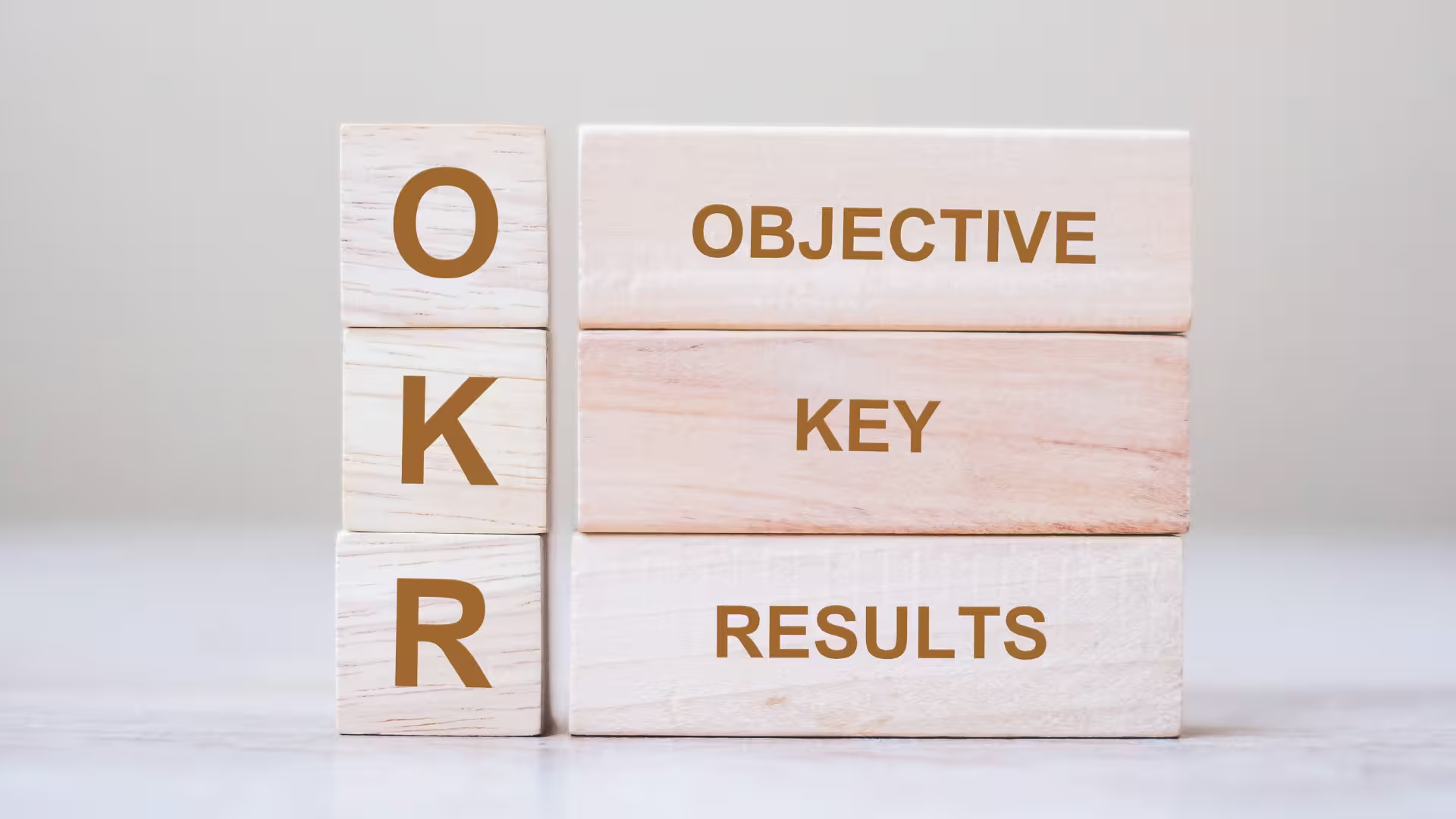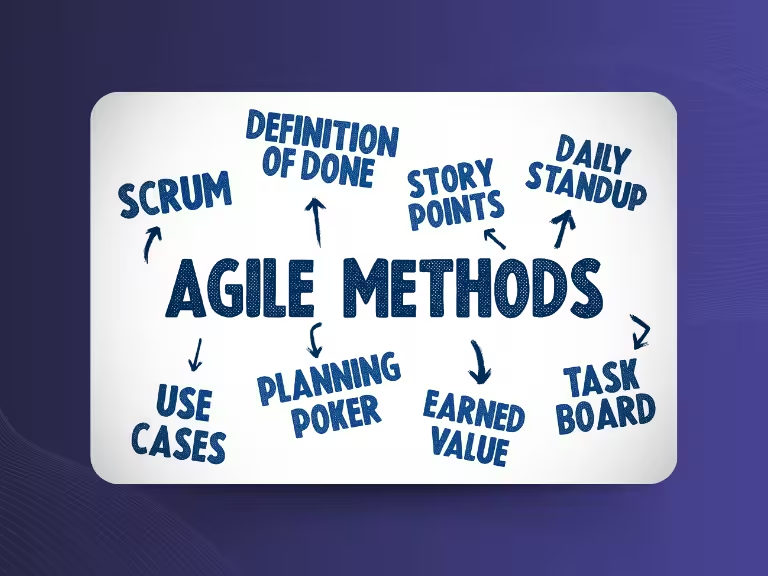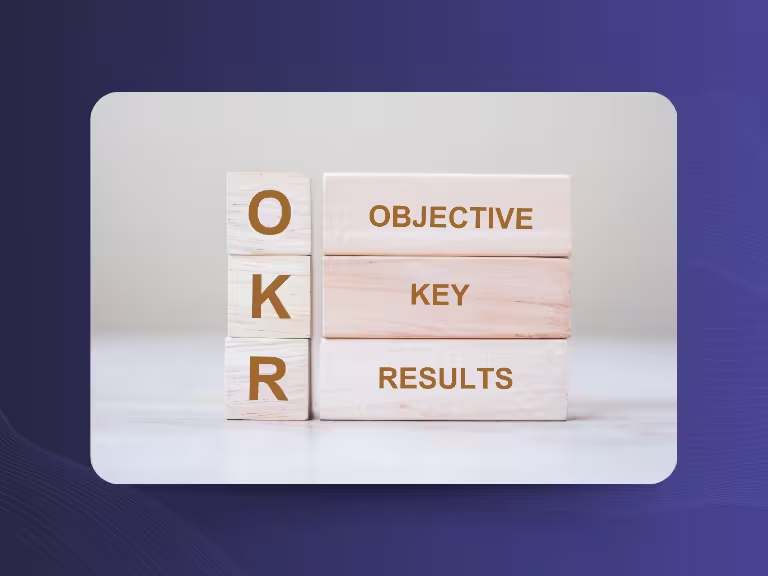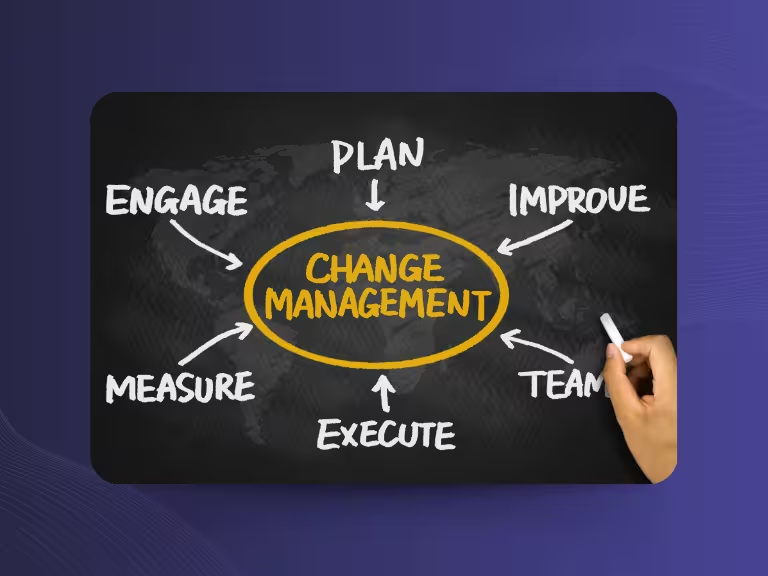The business world is changing more rapidly than ever before. Companies face complex challenges that can no longer be solved with traditional, hierarchical leadership models. In today's VUCA world – characterized by volatility, uncertainty, complexity, and ambiguity – classic leadership approaches often reach their limits. This is where agile leadership comes into play: a modern leadership style that places flexibility, innovation, and customer orientation at its center.
This article explains the fundamentals of agile leadership, presents proven methods, and shows you how to successfully implement agile principles in your organization. You'll receive practical tips, learn about concrete success measurement, and discover how digital tools can support your agile leadership.
What is Agile Leadership? – Definition and Core Principles
Definition of Agile Leadership
Agile leadership is a modern leadership style based on the core values of agility: self-organization, flexibility, customer orientation, and continuous improvement. Unlike classic, hierarchical leadership models, agile leadership relies less on control and more on empowering employees.
The crucial difference lies in the paradigm shift: while traditional leadership is based on instructions and control, agile leadership focuses on promoting autonomous decision-making. Agile leaders see themselves as enablers and supporters who give their teams the necessary freedom for innovation and creative solutions.
Core Values and Principles
Agile leadership is based on four essential values that shape daily leadership behavior:
Transparency and openness form the foundation of trustful collaboration. Agile leaders share information openly with their teams, creating a culture of honest communication.
Trust and empowerment enable employees to make independent decisions and take responsibility. This not only promotes motivation but also the innovation power of the entire team.
Iterative working and error-friendliness create a safe space for experiments. Mistakes are viewed as learning opportunities, not weaknesses. This attitude encourages teams to explore new paths and develop innovative solutions.
Focus on value creation and customer benefit ensures that all activities create real value for the customer. Agile leaders consistently orient themselves toward their customers' needs and align their decisions accordingly.
Methods and Tools of Agile Leadership
Most Well-Known Agile Methods in Leadership Context
Scrum is one of the most well-known agile methods and offers clear roles, meetings, and iterative processes for team management. As an agile leader, you often take on the role of Product Owner or support the Scrum Master in team development. Regular sprints and reviews enable you to react quickly to changes and continuously improve.
Kanban visualizes work processes and enables flexible prioritization. This method helps you identify bottlenecks and optimally manage your team's workload. Through visual representation, you create transparency and promote self-organization.
OKRs (Objectives and Key Results) combine goal-oriented leadership with regular evaluation. This method helps you define clear goals and make progress measurable. OKRs promote the alignment of all team members toward common objectives.

Digital Tools to Support Agile Leadership
Modern digital tools are indispensable companions for agile leaders. Platforms like Jira, Confluence, or Microsoft Teams create necessary transparency, promote communication, and document progress in real-time.
These tools offer you concrete advantages: they make work processes visible, facilitate collaboration among distributed teams, and enable rapid information exchange. They are particularly valuable for conducting retrospectives and team health checks – two central instruments for continuous improvement.
A practical example: Digital whiteboards enable you to conduct effective retrospectives even in virtual meetings. Team members can provide feedback in real-time, share improvement suggestions, and develop action plans together.
The Role of the Agile Leader
Characteristics and Competencies of Agile Leadership Personalities
As an agile leader, you embody the concept of servant leadership – you understand leadership as a service to your team. Your main task is to enable, support, and inspire your employees rather than control them.
Coaching competency is one of your most important skills. You develop your team members' strengths, promote their intrinsic motivation, and help them achieve their professional goals. This approach creates not only more satisfied employees but also better results.
Flexibility and adaptability are indispensable in the fast-paced business world. You must be ready to adapt your leadership strategies to changing requirements and explore new paths. You also transfer this openness to change to your team.
Your role model function is crucial for the success of agile leadership. You live the agile values, show genuine interest in continuous improvement, and demonstrate what constructive handling of mistakes looks like.
Challenges and Tasks in Daily Work
Accompanying cultural change is one of your most complex tasks. You must break down traditional ways of thinking and establish a new work culture. This requires patience, perseverance, and strategic approach.
Dealing with resistance and skepticism toward agile changes is part of your daily leadership routine. Not all employees are ready from the start to abandon familiar working methods. Here your communication skills are required: you must take fears seriously, show benefits, and build trust.
Promoting a learning and feedback culture is a continuous process. Regular retrospectives, open feedback rounds, and establishing learning loops are part of your daily tasks.

Successfully Implementing Agile Leadership – Practical Tips and Success Factors
Step-by-Step Introduction of Agile Leadership in the Company
Start with pilot projects in individual teams rather than transforming the entire company at once. This approach allows you to gain experience, demonstrate success, and gradually break down resistance.
Invest in comprehensive training and workshops for leaders and employees. Agile methods require new skills and mindsets that must be developed through targeted training.
Continuous communication and living agile values at all levels are crucial for success. You must act consistently and authentically to create credibility and inspire others.
Measures to Overcome Resistance
Transparent and honest communication of goals and benefits helps reduce fears and uncertainties. Explain to your employees why the change is necessary and what benefits it has for them personally.
Involving all stakeholders creates ownership and acceptance. Let your team members actively participate in shaping the change and create safe spaces for experiments and mistakes.
Support from experienced Agile Coaches can significantly accelerate the transformation process. External expertise helps avoid typical pitfalls and implement proven practices.
Success Measurement and KPIs in Agile Leadership
Making successful agile leadership measurable requires a combination of qualitative and quantitative metrics. Team satisfaction, time-to-market, and innovation rate are important indicators of your leadership work's success.
Use retrospectives, team health checks, and customer feedback as continuous feedback loops. These instruments give you valuable insights into the effectiveness of your leadership measures and show improvement potential.
Permanent evaluation and adaptation of your leadership practices is characteristic of agile leadership. You must be ready to continuously improve your approaches based on the insights gathered.

Agile Leadership in Comparison – Differentiation from Other Leadership Styles
Differences and Similarities with Transformational Leadership
Both agile leadership and transformational leadership pursue the common goal of inspiration, empowerment, and change. Both approaches motivate employees to peak performance and promote innovation.
The main difference lies in focus: agile leadership places special emphasis on iterative processes and daily flexibility. While transformational leadership is often oriented toward long-term visions, agile leadership concentrates on quick adaptations and continuous improvements.
Differentiation from Transactional Leadership
The contrast to transactional leadership is clearly recognizable: agile leadership relies on intrinsic motivation, while transactional leadership works primarily with extrinsic incentives. You promote your employees' personal responsibility and self-organization rather than controlling them through rewards and punishments.
The importance of control versus self-organization fundamentally distinguishes both approaches. Agile leadership trusts in team members' competence and motivation, while transactional leadership relies on clear control and supervision.
Practical Examples and Best Practices of Agile Leadership
Companies like Spotify have made agile leadership their trademark. The Swedish company organizes itself in autonomous squads and tribes that make independent decisions and can quickly react to market changes.
ING transformed from a traditional bank to an agile financial services provider. The Dutch bank eliminated classic hierarchies and organized itself in multidisciplinary teams that interact directly with customers and develop innovative solutions.
Bosch demonstrates how traditional industrial companies can successfully implement agile leadership. The company combines proven engineering traditions with agile methods, creating innovation in the automotive industry.
The success factors of these companies are clearly recognizable: a clear vision, high team autonomy, and a supportive leadership culture. This combination creates the foundation for sustainable success with agile leadership.
Conclusion and Outlook
Agile leadership is far more than a management trend – it is the key to adaptability, innovation power, and employee satisfaction in today's business world. The key insights from this article show: successful agile leadership requires a fundamental cultural change, continuous learning, and the willingness to question traditional leadership paradigms.
The importance of digital tools and structured success measurement will continue to increase in the future. Technologies not only support the practical implementation of agile methods but also enable data-based success measurement and continuous improvement.
The invitation to you as a leader is clear: start with small steps, experiment with agile principles, and continuously develop your leadership competencies. Agile leadership is not a destination but a journey of constant development and improvement.
"Agile leadership is not an end in itself, but the lever with which companies remain fast, capable of learning, and resilient in an uncertain world."
– Prof. Dr. Anja Schultze

Test Meeting Transcription now!
We'll help you set everything up - just contact us via the form.
Test NowOr: Arrange a Demo Appointment



